Species Photo Gallery for Neocoelidia tumidifrons No Common Name 17 |
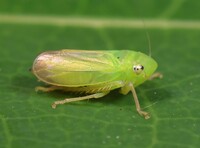 | Photo by: Rob Van Epps
Iredell Co.
Comment: Caught sweeping in weedy field |  | Photo by: Rob Van Epps
Iredell Co.
Comment: Caught sweeping in weedy field |
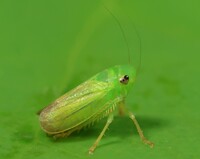 | Photo by: Rob Van Epps
Mecklenburg Co.
Comment: Caught sweeping - weeds at edge of upland woods. | 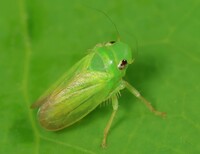 | Photo by: Rob Van Epps
Mecklenburg Co.
Comment: Caught sweeping - weeds at edge of upland woods. |
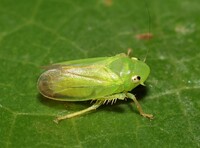 | Photo by: Rob Van Epps
Mecklenburg Co.
Comment: | 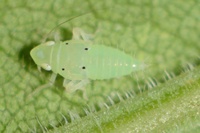 | Photo by: Scott Bolick
Randolph Co.
Comment: |
 | Photo by: Scott Bolick
Randolph Co.
Comment: |  | Photo by: Scott Bolick
Randolph Co.
Comment: |
 | Photo by: Scott Bolick
Randolph Co.
Comment: |  | Photo by: Kyle Kittelberger
Out Of State Co.
Comment: NCSU specimens; male, N. vittapennis |
 | Photo by: Kyle Kittelberger
Out Of State Co.
Comment: NCSU specimens; males, N. vittapennis | 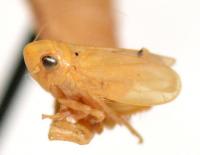 | Photo by: Kyle Kittelberger
Out Of State Co.
Comment: NCSU specimens; N. vittapennis |
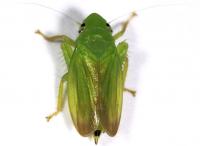 | Photo by: Rob Van Epps
Mecklenburg Co.
Comment: Caught sweeping - weedy edge of woods. | 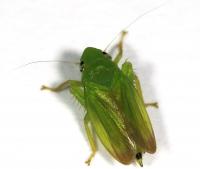 | Photo by: Rob Van Epps
Mecklenburg Co.
Comment: Caught sweeping - weedy edge of woods. |
 | Photo by: Rob Van Epps
Mecklenburg Co.
Comment: Caught sweeping - weedy edge of woods. | 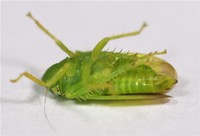 | Photo by: Rob Van Epps
Mecklenburg Co.
Comment: Caught sweeping - weedy edge of woods. |
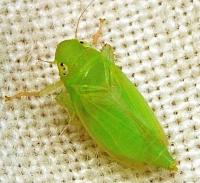 | Photo by: Paul Scharf, B Bockhahn
Stanly Co.
Comment: Caught sweeping. Dr. Hamilton\'s comments: A female Neocoelidia tumidifrons; on goldenrod, but not common that far east because it is flightless. |

 »
»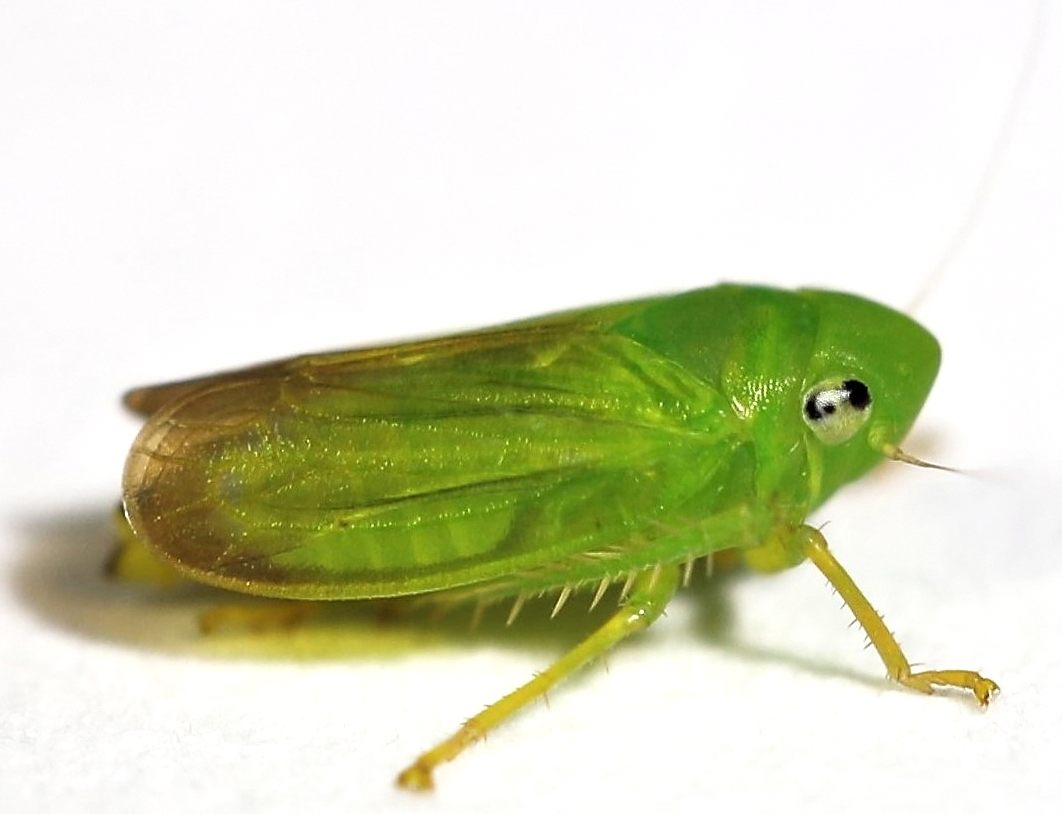
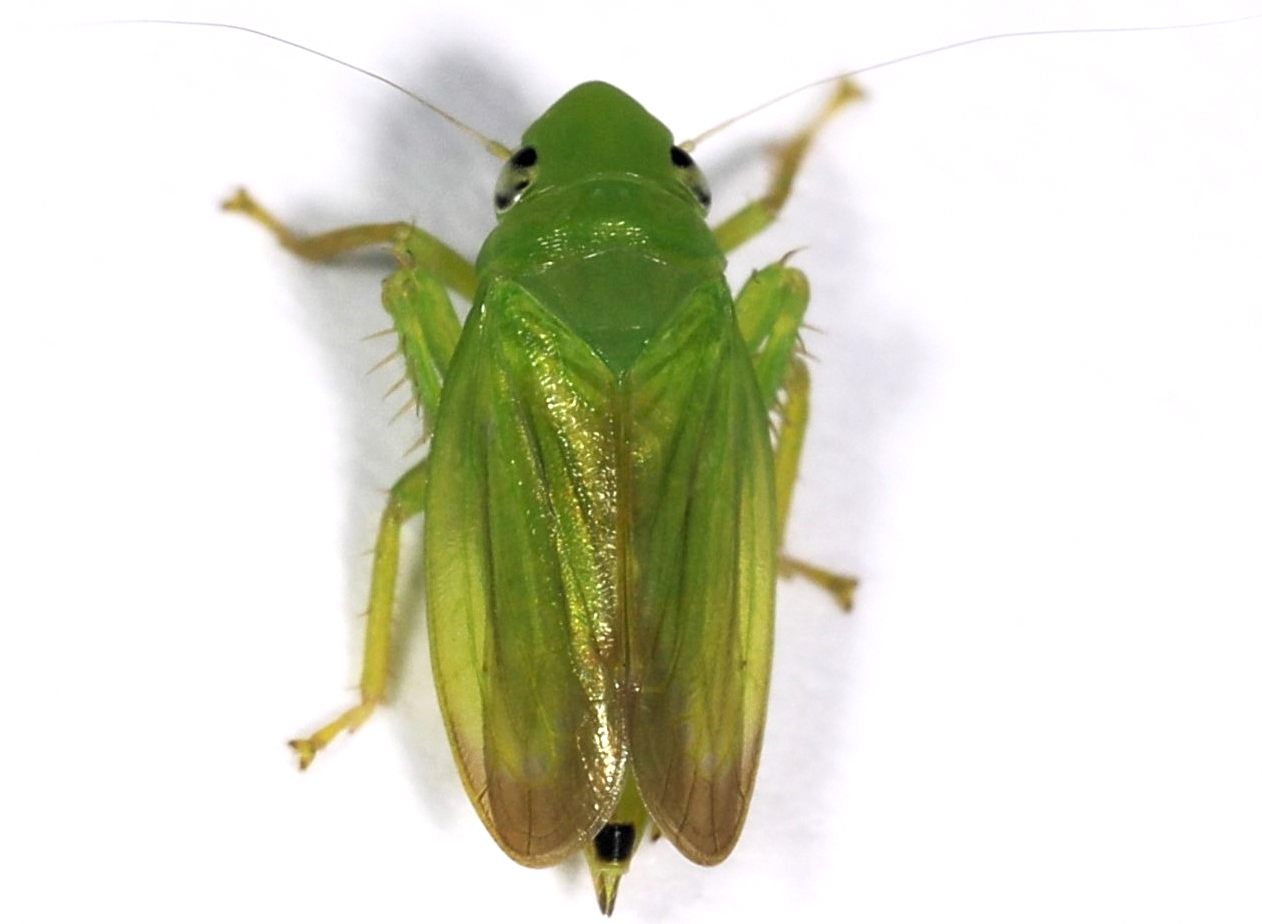
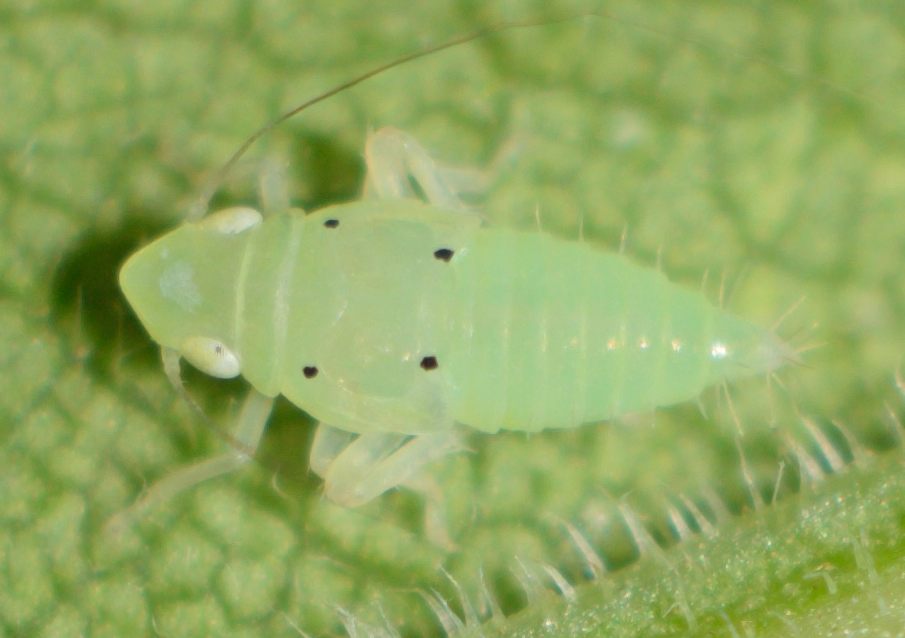

 »
»

